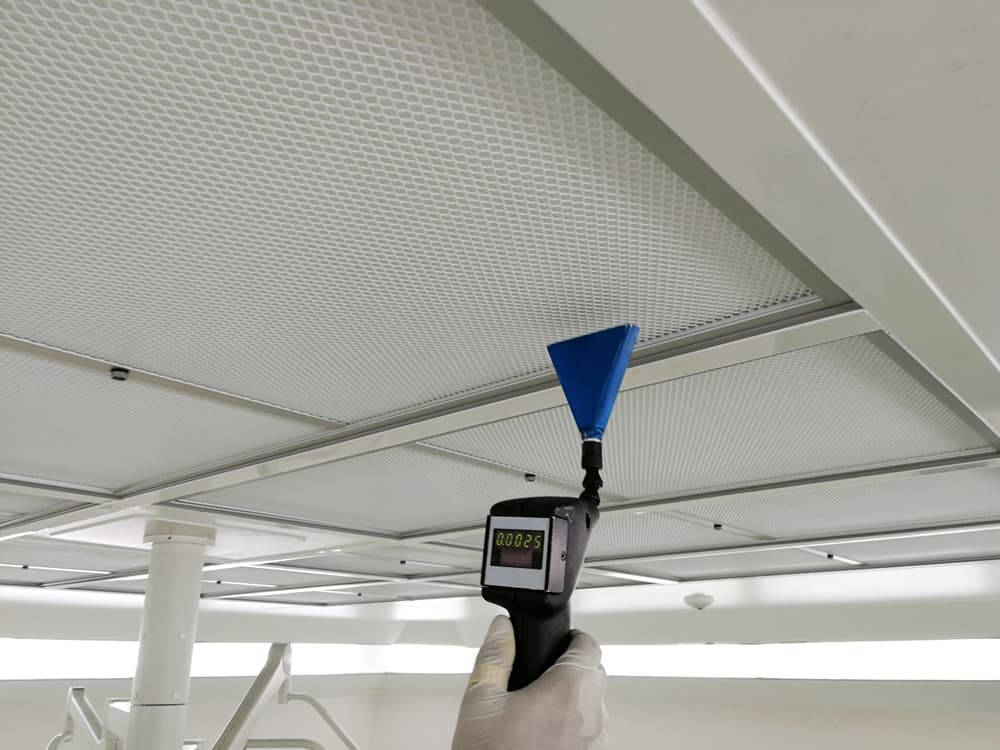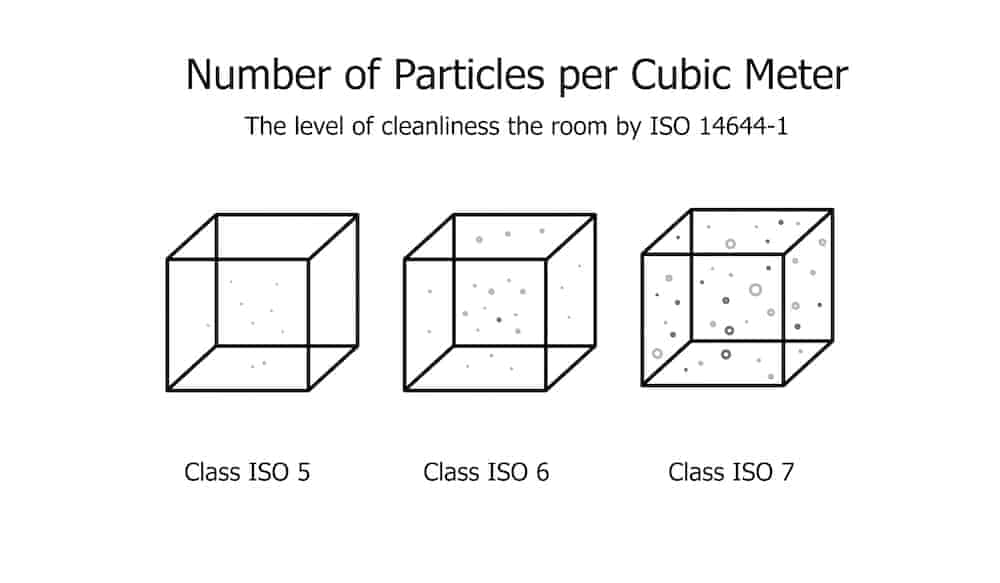
In manufacturing, clean rooms are defined by the clarity of air and acceptable concentration of airborne particles. As a result of industry purity specifications established by standards such as ISO clean room standards, clean rooms can provide the ideal operating environment to allow processes like welding to yield high-purity results—especially for applications in the biopharmaceutical, semiconductor, or food and beverage industries.
Welding inside a clean room introduces additional orbital GTAW welding welding requirements. In this article, we will discuss these clean room orbital welding requirements in detail.
What Is a Clean Room?
Clean rooms are controlled spaces designed to prevent interference from airborne particles. These particles can be microscopic airborne microbes, pollutants, and aerosols significant enough to induce a contaminating reaction. Consequently, many high-purity welding applications must be performed in such rooms. Based on the application requirement, ISO has classified clean rooms into many different levels according to the volume and size of the accepted particles.
A level 1 clean room can allow a particle volume of 12 per cubic meter for particles 0.3μm and smaller. For reference, there are about 35,000,000 particles per cubic meter of size 0.5μm and larger in a typical urban area. This indicates the maximum extent of particulate control required to maintain a sterile manufacturing environment.
ISO 14644-1 classifies the clean room from 1 to 9. Below, we take a closer look at each ISO clean room standard and its specifications.
ISO Clean Room Specifications

ISO 1: This is the “cleanest” cleanroom. It requires fewer than 2 particles per cubic meter with particle sizes ranging from 0.3 to 1.0μm. This cleanroom has 500 to 750 air changes per hour and is suitable for applications dealing with nanotechnology.
ISO 2: This clean room allows 10 or fewer particulates per cubic meter (from 0.3 to 1.0μm) and requires 500 to 750 air changes per hour.
ISO 3: For particles ranging from 0.3 to 1.0μm, an ISO 3, or class 1, clean room allows 102 or fewer particles per cubic meter and requires 500 to 750 air changes per hour.
ISO 4: An ISO 4, or class 10, clean room allows 1020 particles per cubic meter (0.3μm and larger), as well as 2 particles per cubic meter (5.0μ and smaller). The room requires 500 to 600 air changes per hour.
ISO 5: The ISO 5, or class 100, clean room is classified once it fulfills these requirements— 1) less than 832 particles >1μm 2) no more than 3520 particles > 0.5μm 3) 10,200 particles > 0.3μm per cubic meter 4) requires 250 to 300 air changes per hour and is ideal for semiconductor manufacturing.
ISO 6: The room is classified ISO 6 if it has 180 air changes per hour and less than 35,200 particles that are 0.5μm or smaller. Additionally, the room should not allow more than 8320 particles > 1μm and 293 particles > 5μm.
ISO 7: This is the most common type of cleanroom. It contains fewer than 352,000 particles smaller than 0.5μm per cubic meter and 60 HEPA filtered air changes per hour. This type of clean room is used for common manufacturing applications in the electronics and medical device industries.
ISO 8: This clean room requires particle concentrations of less than 3,520,000 per cubic meter > 0.5μm, 832,000 particles> 1μm and 293,000 particles > 5μm.
ISO 9: ISO 9 is a clean room with general room air containing no more than 293,000 particles of 5μm per cubic meter.
Clean Room for Orbital Welding
A clean room aims to provide an ideal environment for manufacturing industries that need to control contamination when performing processes like welding. For instance, a clean room can be effective in semiconductor welding where a single particle can damage the chip. While orbital GTAW is adapted for these operations, its shielding capability can only be effective to a certain degree to eliminate the chances of weld defects.
For high-precision and high-purity welds, orbital welding can be performed in a clean room. Laminar, HEPA filtration, and ultraviolet light can disinfect the air and prevent particles from entering the room while settling existing particles to the ground. The weld metal should be meticulously prepared and weld equipment cleaned to make them suitable for use in a clean room. Manufacturers must ensure that technicians are trained in ultra-high purity welding procedures.
With effective welding operations performed inside the clean room, manufacturers can maintain productivity and efficiency for high-purity manufacturing and installation applications.
Arc Machines, Inc. is a leading provider of orbital welding solutions with decades of experience supporting high-purity weld applications. We can help you develop welding procedures and schedules to accommodate clean room orbital welding. For inquiries regarding products, contact sales@arcmachines.com. For service inquiries, contact service@arcmachines.com. Arc Machines welcomes the opportunity to discuss your specific needs. Contact us to arrange a meeting.




